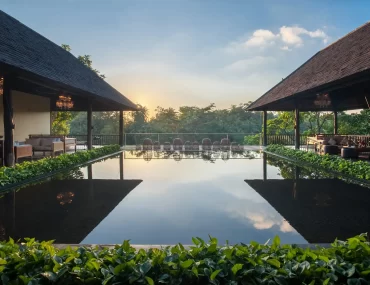

The Philippines, a tropical paradise of over 7,000 islands, has long captivated travelers with its crystal-clear waters, vibrant marine life, and pristine beaches. But beyond its natural beauty, the country also offers a luxurious side that promises style and comfort for the discerning traveler. From exclusive resorts and private villas to bespoke experiences that celebrate the best of Filipino hospitality, here’s how to travel the Philippines in style and comfort.
The Philippines is home to some of the most luxurious resorts and private villas in Southeast Asia. These properties not only boast prime locations but also offer personalized services, state-of-the-art amenities, and breathtaking views.
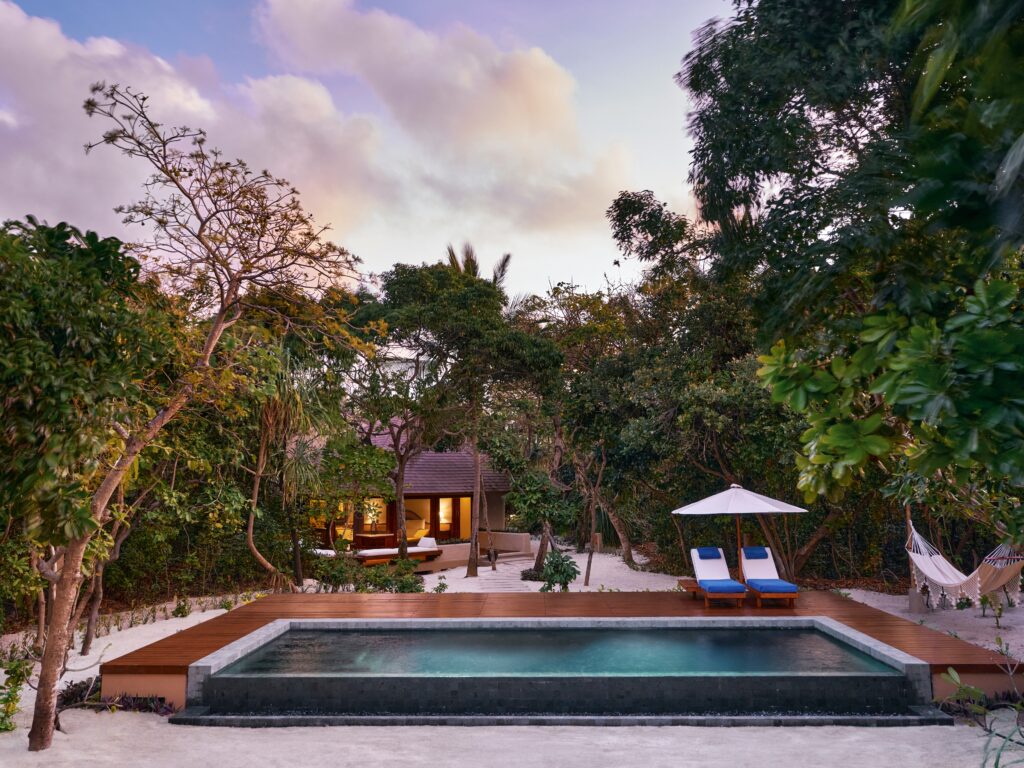
Amanpulo, Palawan
Located on the private island of Pamalican, Amanpulo offers unparalleled luxury. Guests can stay in beachfront villas or hillside casitas with panoramic views of the Sulu Sea. With a private airport, helicopter transfers, and impeccable service, it’s the epitome of luxury island living.
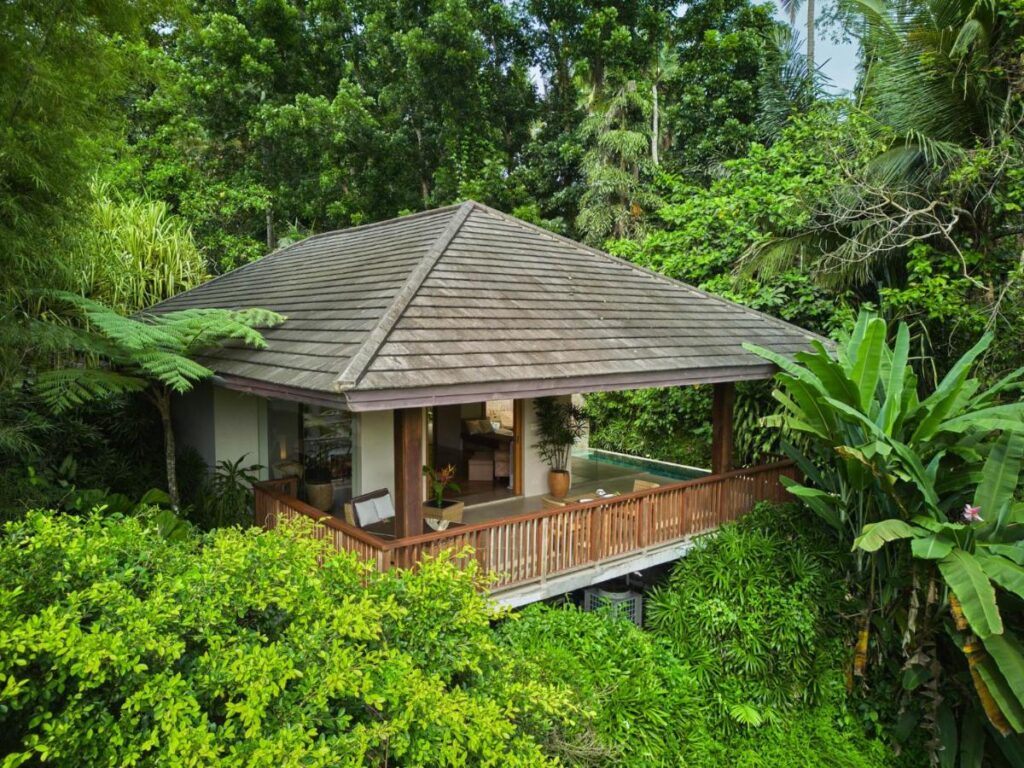
The Farm at San Benito, Batangas
For those seeking wellness and tranquility, The Farm at San Benito is a sanctuary. Nestled in lush forests, it offers bespoke health and detox programs, alongside luxurious accommodations. Guests can indulge in spa treatments, gourmet plant-based cuisine, and wellness activities, all in a serene, eco-friendly setting.
One of the best ways to explore the Philippines in style is through a private yacht charter. With countless islands, each more beautiful than the last, island hopping offers a unique way to explore the archipelago’s hidden gems.

El Nido Yacht Charters
Sail around the stunning limestone cliffs and emerald waters of El Nido in Palawan. A private yacht offers the freedom to explore remote lagoons, hidden beaches, and snorkeling spots that are off the beaten path. Enjoy sunset cruises with gourmet meals prepared by onboard chefs, or stop at secluded islands for a luxurious beach picnic.
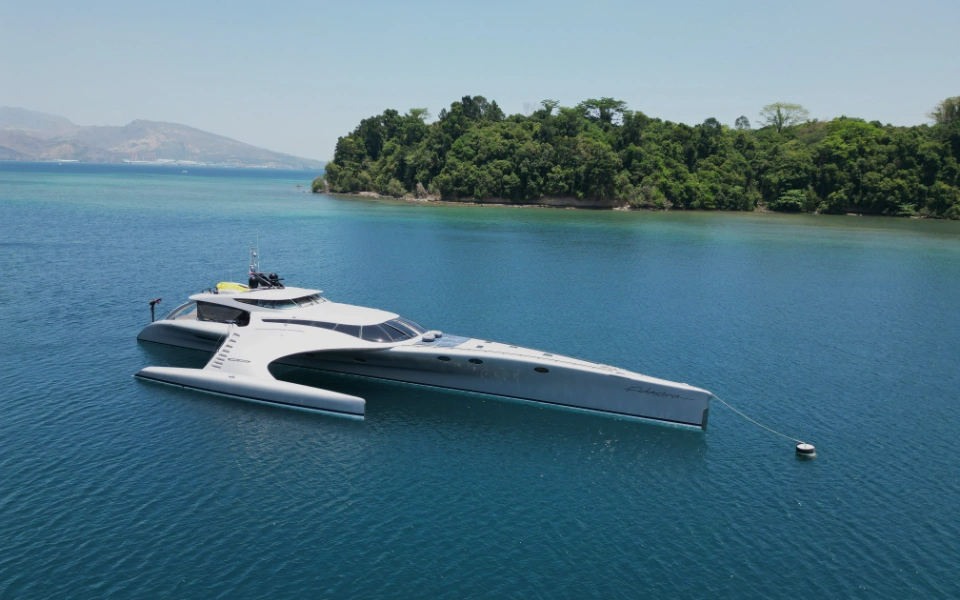
Coron Luxury Sailing
Coron, also in Palawan, is famous for its shipwreck diving and crystal-clear lakes. A private sailing tour allows you to explore these natural wonders in exclusivity. From diving into vibrant coral reefs to lounging on the deck with a glass of champagne, a private yacht charter adds a touch of luxury to your adventure.
Traveling in style is not just about where you stay, but also about the unique experiences that make your journey unforgettable. The Philippines offers an array of bespoke adventures and activities that are tailored for luxury travelers.
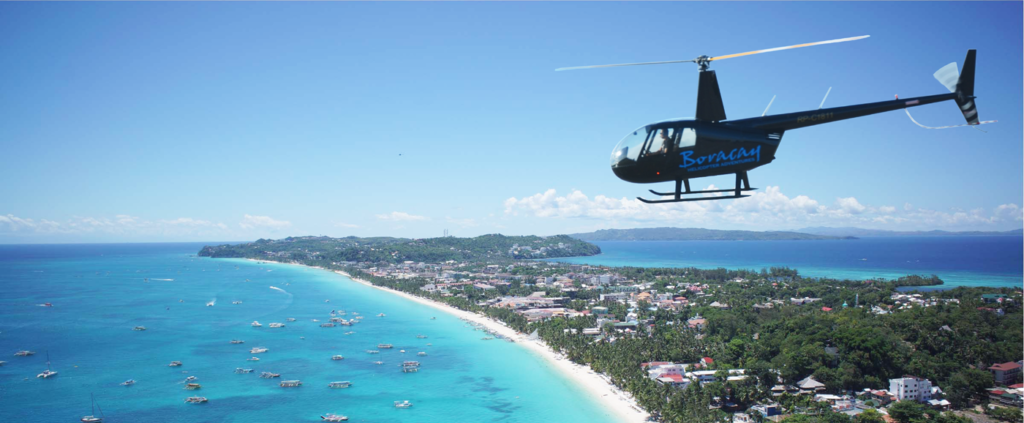
Helicopter Tours in Bohol and Boracay
Take to the skies with a private helicopter tour over the Chocolate Hills of Bohol or the white-sand beaches of Boracay. These exclusive flights offer a bird’s-eye view of some of the most iconic landscapes in the Philippines. Afterward, land on a private beach for an intimate picnic or sunset cocktail.

Luxury Diving in Tubbataha Reefs
For diving enthusiasts, the Tubbataha Reefs Natural Park, a UNESCO World Heritage Site, offers some of the best underwater experiences in the world. Opt for a liveaboard luxury yacht that takes you to this remote diving paradise, where you can explore vibrant coral gardens, swim alongside manta rays, and witness diverse marine life—all in the comfort of a five-star vessel.
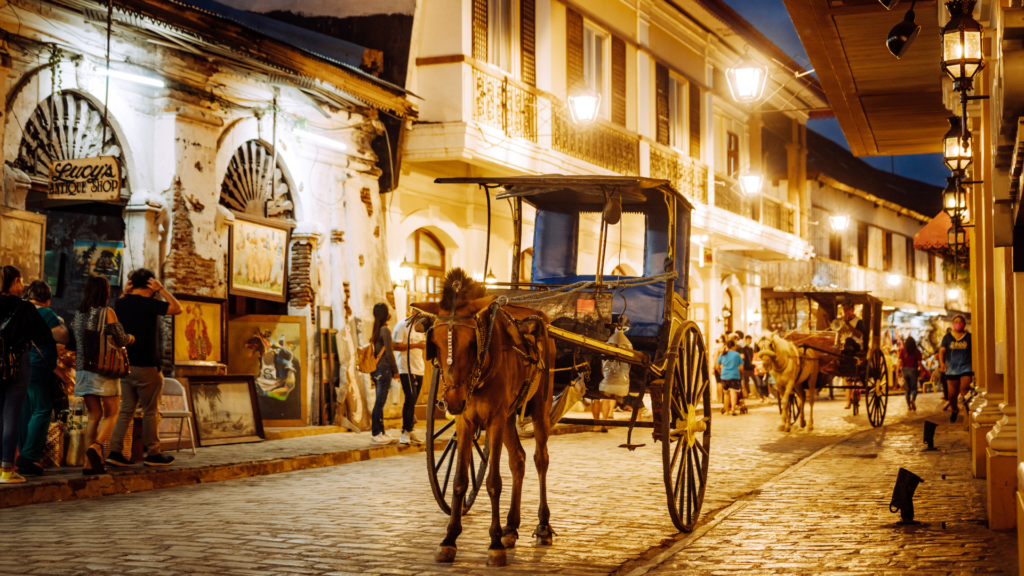
Cultural Immersion in Vigan
Step back in time with a visit to the UNESCO-listed city of Vigan, a charming colonial town known for its cobblestone streets and Spanish-era architecture. Stay in a luxury boutique hotel and enjoy a private horse-drawn carriage ride, followed by an exclusive heritage dinner that showcases Filipino-Spanish fusion cuisine.
The Philippines offers a rich and diverse food scene, and no luxury trip is complete without indulging in the country’s finest culinary offerings.
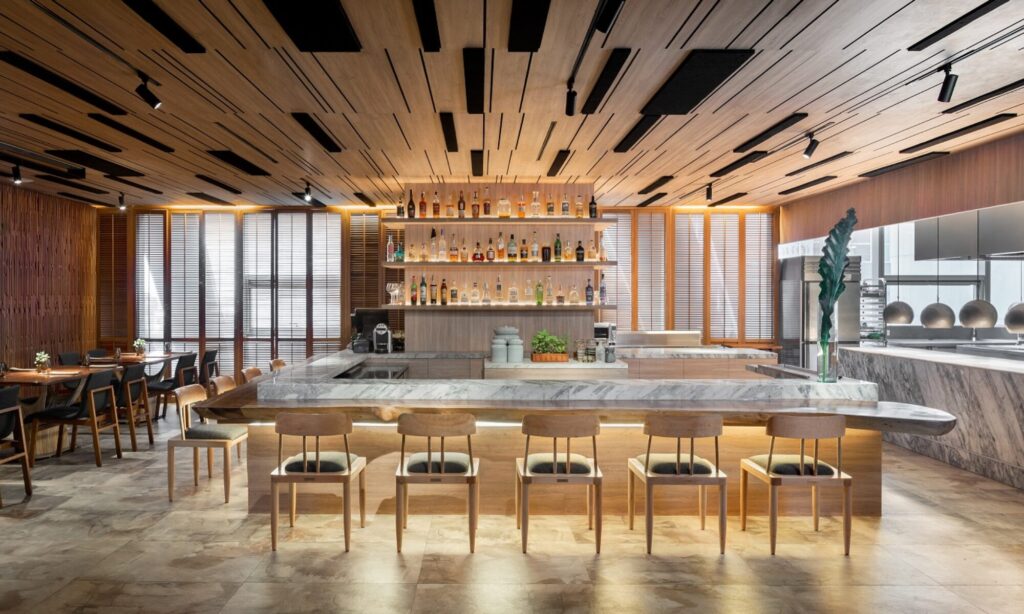
Chef’s Table in Manila
For an exclusive culinary experience, dine at the chef’s table in one of Manila’s top restaurants. Renowned chefs will curate a private tasting menu featuring both Filipino classics and modern interpretations, using fresh, local ingredients. Pair your meal with premium wines or cocktails crafted just for you.

Private Beach Dinners
Imagine a candle-lit dinner on a private beach with the sound of the waves as your backdrop. Many luxury resorts across the Philippines, including those in Palawan, Bohol, and Cebu, offer this intimate experience. Freshly caught seafood, tropical fruits, and Filipino delicacies are served as you dine under the stars.

Culinary Classes with Local Chefs
For a hands-on experience, join a private culinary class led by a local chef. Learn how to make classic Filipino dishes like adobo, sinigang, and fresh seafood, and take a piece of the Philippines back home with you. Many classes also include a market visit where you’ll pick out fresh ingredients with the chef.
Relaxation and rejuvenation are key to luxury travel, and the Philippines offers some of the best spa and wellness retreats in Asia.
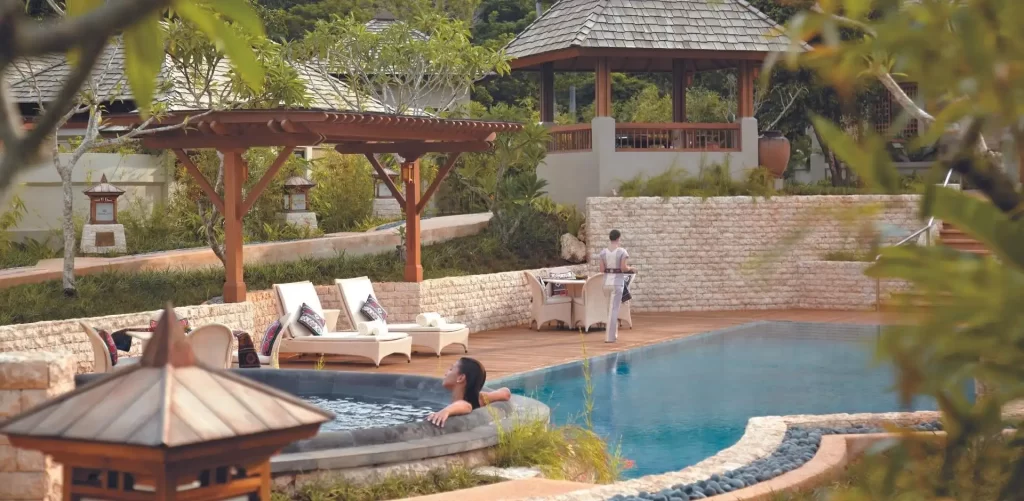
Chi, The Spa at Shangri-La Boracay
Overlooking the white sands of Boracay, Chi, The Spa offers a wide range of wellness treatments inspired by traditional Asian healing practices. Indulge in a couples’ massage in a private villa, or enjoy a full day of pampering with their signature treatments, including the Hilot, a Filipino traditional massage.

Eskaya Beach Resort and Spa – Bohol
Perched on the scenic island of Bohol, Eskaya Beach Resort and Spa provides an intimate retreat with world-class spa services. Offering signature treatments in open-air cabanas, guests can immerse themselves in nature while enjoying massages, facials, and body scrubs. The resort also offers access to private beach picnics, diving adventures, and luxury villa accommodations.
Traveling through the Philippines in style and comfort offers a unique combination of luxury, culture, and nature. From lavish resorts and private island escapes to exclusive tours and gourmet dining, every aspect of your journey can be tailored to provide a high-end experience. Whether you’re looking to relax in a beachfront villa, cruise through pristine waters on a private yacht, or immerse yourself in the country’s rich history and culture, the Philippines is ready to deliver a luxurious adventure you’ll never forget.
Explore Our Philippines Journeys
DISCOVER MORE – Hassle-Free, Active, and Fun Family Journeys in the Philippines: Best Destinations and Top Hotels